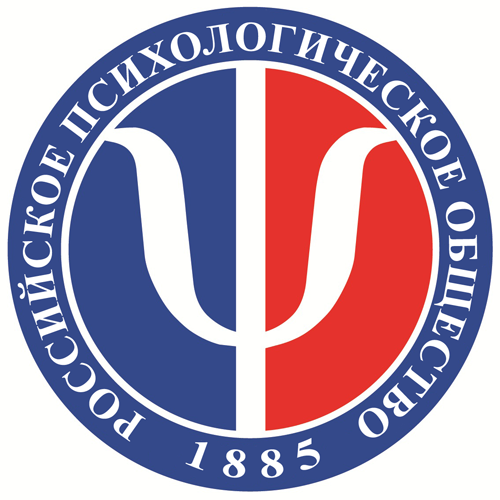ISSN: 2073-2635
eISSN: 2949-270X
eISSN: 2949-270X
In recent decades, many authors have studied issues related to the construction of educational programs based on the didactic spiral (spiral curriculum) in various subjects (mathematics, computer science, natural sciences, sports training, etc.). The purpose of this publication is to describe the general principles of the application of the didactic spiral in the construction of educational programs based on domestic and foreign experience. A brief history of the development and implementation of this approach to learning is described, dating back to the works of Cz. Kupisiewicz and J. Bruner, and a psychological and pedagogical justification of the effectiveness of this methodological approach to program construction is given, based on the works of L. S. Vygotsky, A. Baddeley, and G. Hitch. The influence of programs built on the principle of the didactic spiral on the formation of synthetic and analytical thinking, as well as on the state of students’ working memory and, accordingly, on the assimilation of educational material is noted. A detailed analysis of the various advantages and disadvantages of the spiral approach to learning is carried out, as well as possible variations in the implementation of the didactic spiral (“thread” curriculum, switching to a parallel topic in order to increase the concentration of students’ attention) and practical features of the curriculum development using the spiral approach are discussed. As an illustration, the scheme of the Manhattanville Music Curriculum Project (MMCP), developed in the late 1960s in the United States, is given. Specific examples from the field of teaching elementary mathematics in Russia are described: how to approach the study of “real-world” problems and the topic of “inequalities” in the 8th grade algebra program on the basis of a didactic spiral


